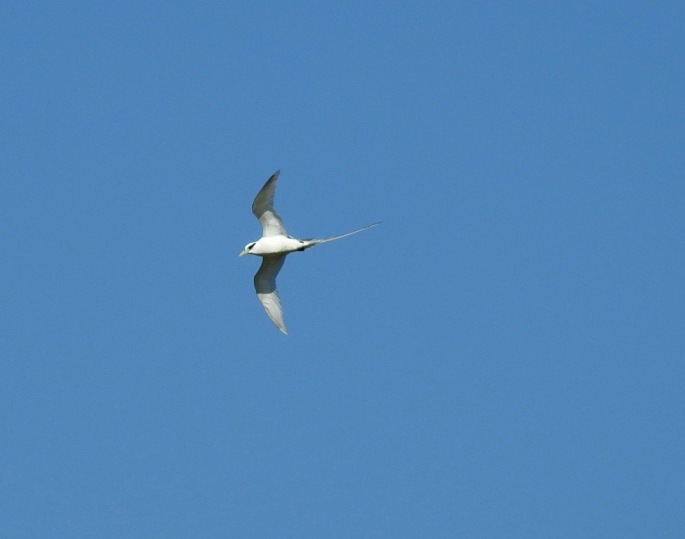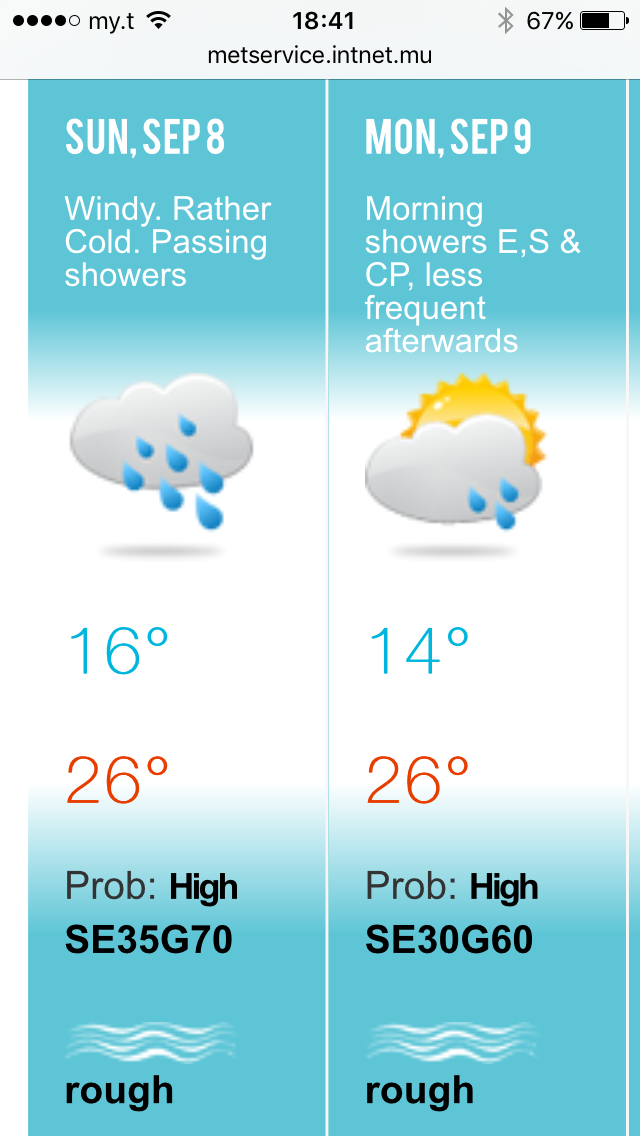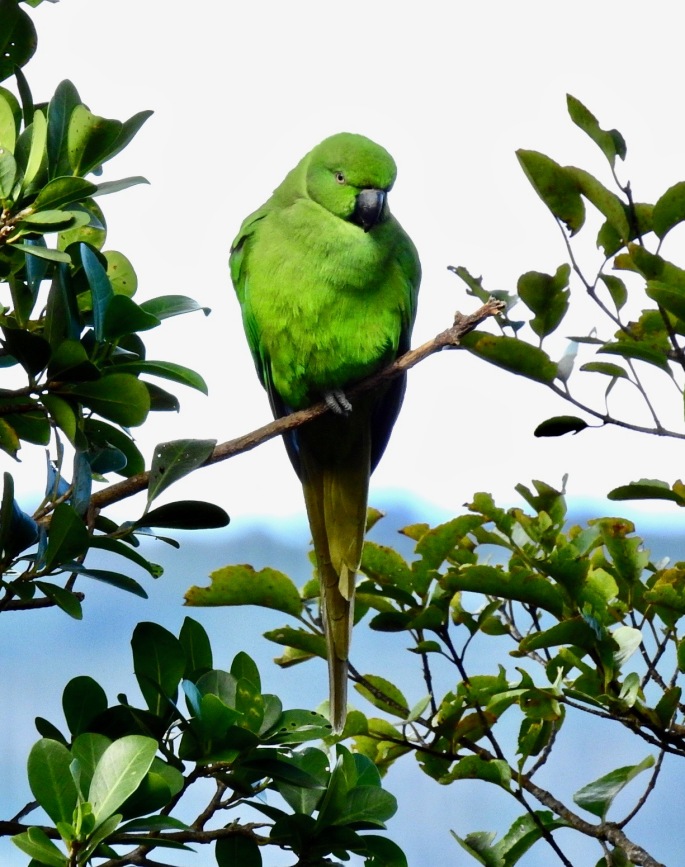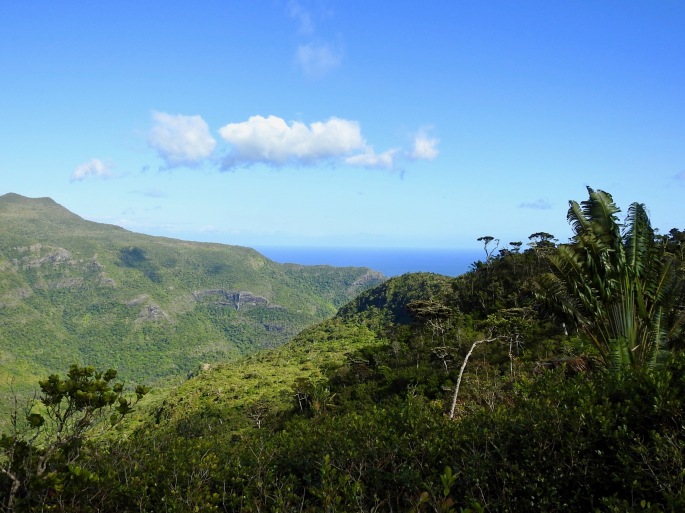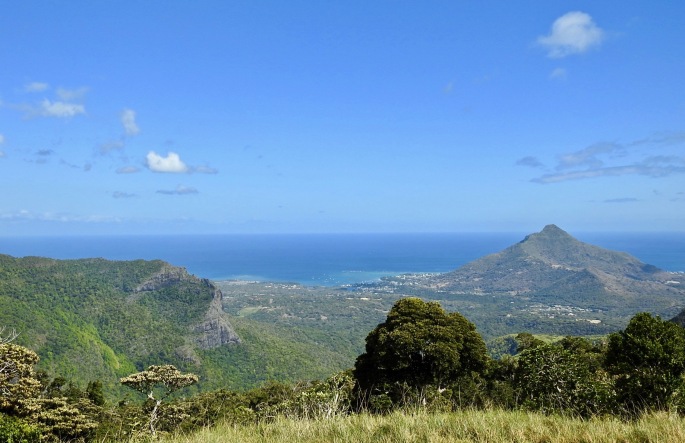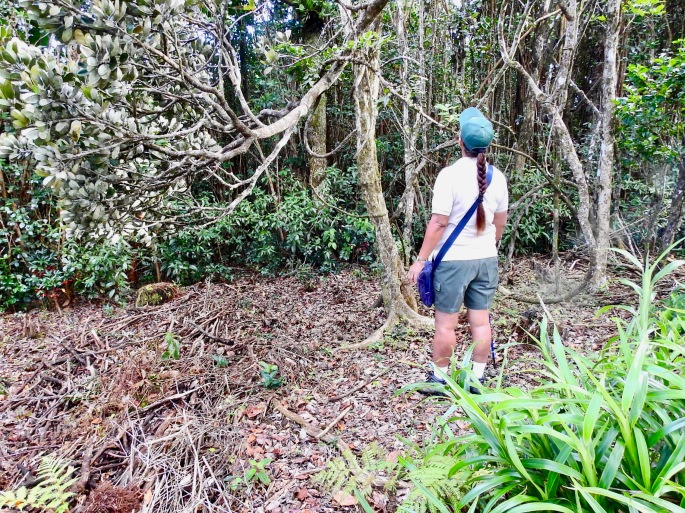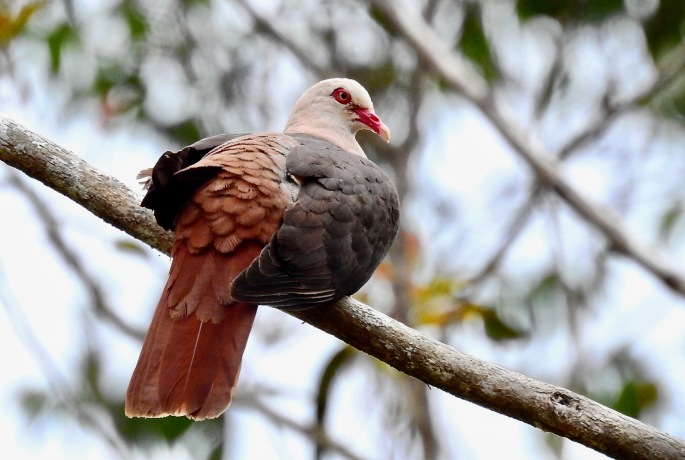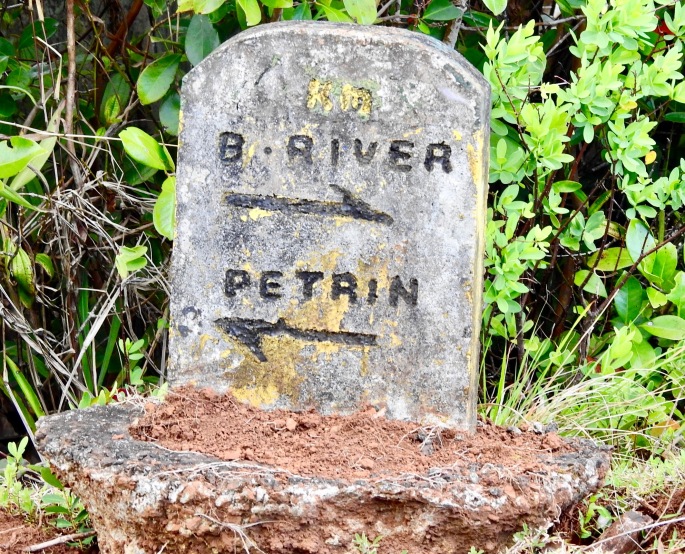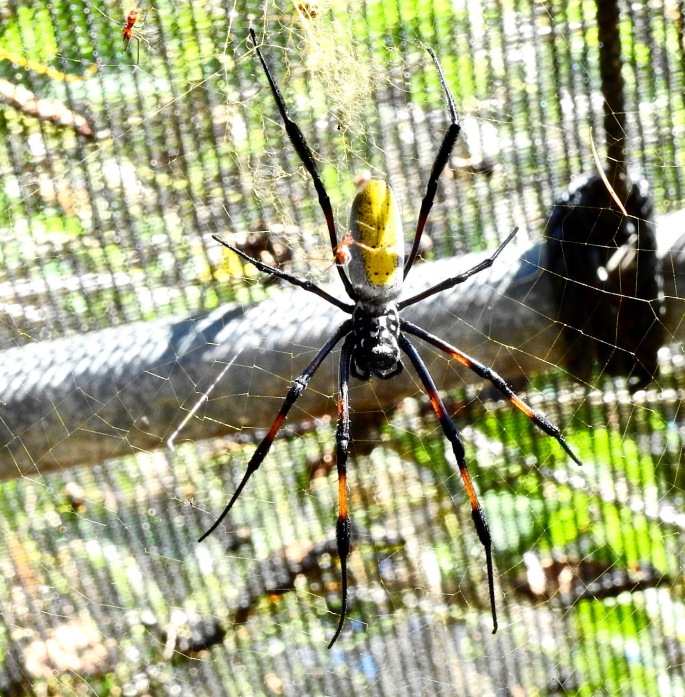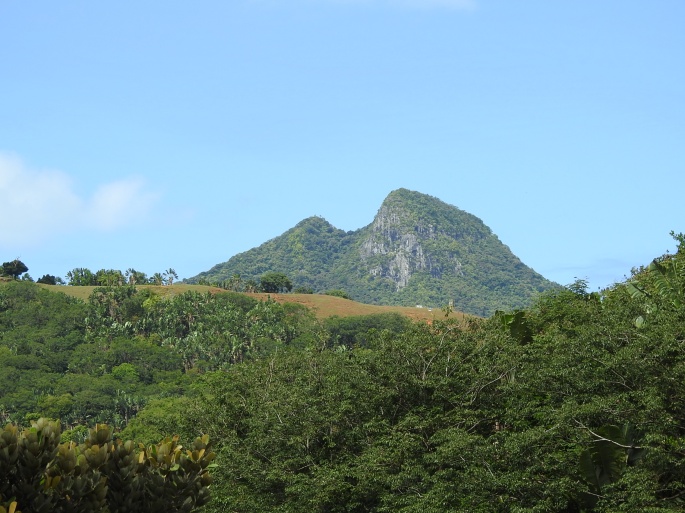
With the piggy bank well and truly smashed to smithereens the fabulous Mrs D and I have just spent a fortnight on the rather splendid island of Mauritius to celebrate our 25th wedding anniversary, so NOT a birding trip, but it would have been foolish to ignore the mega-rare endemics that cling on in Destination Dodoland.
With the rain sluicing down the windows in Ainsdale, the mercury plummetting and just the Undertones to keep me warm, it seems a long, long time ago now.
We stayed at the Tamassa Resort in Bel Ombre on the south west coast, a classy all-inclusive set on a crystal clear lagoon fringed by a reef which kept out the huge southern Indian Ocean as it relentlessly piled up against the coral.
The Tamassa was brilliant and the team working there did their utmost to make the stay enjoyable, comfortable and memorable – which it was…thanks everyone.
Each time the appreciative Mrs D complimented staff on the superb job they did, ever more elaborate towel animals and birds magically appeared on the bed whenever we popped out.
This rapidly escalated into a surreal “courtesy arms race” so that by the end of our stay, towel elephants had graduated to towel scale models of the Forth Road Bridge and the Eiffel Tower.

Or maybe I made that bit up.
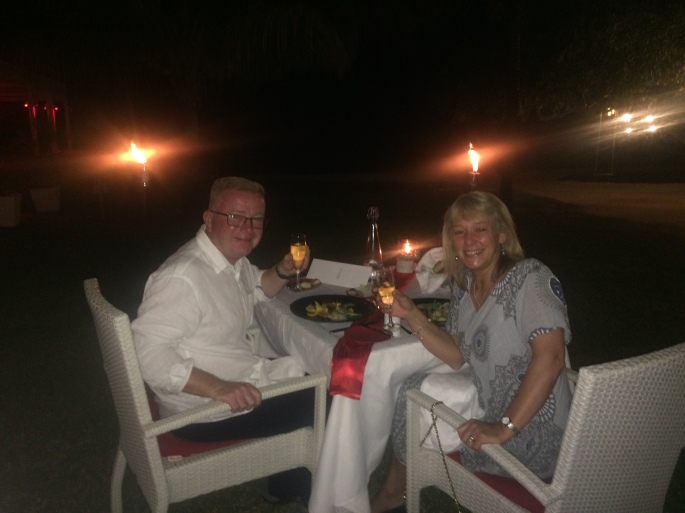
Snorkelling, snoozing, scoffing, chilling, slurping and wait, what was that bird in the Mango Tree over there…????
Virtually all the birds around the hotel’s ground were “exotiques” a euphemistic term to describe the avifauna dumped onto the island over the centuries, many of which have helped push the endemic species here to the brink of extinction.
Bucking the trend was the endemic Mauritius Grey White Eye, which zipped about everywhere like a demented white-rumped warbler, oblivious to the loss of native forest, carpet of Sugar Cane that covers most of the southern interior, touristification of the coastal strip and onslaught of introductions over the years.



The grounds were filled with large numbers of calling Zebra Doves and Madagascar Turtle Doves too.
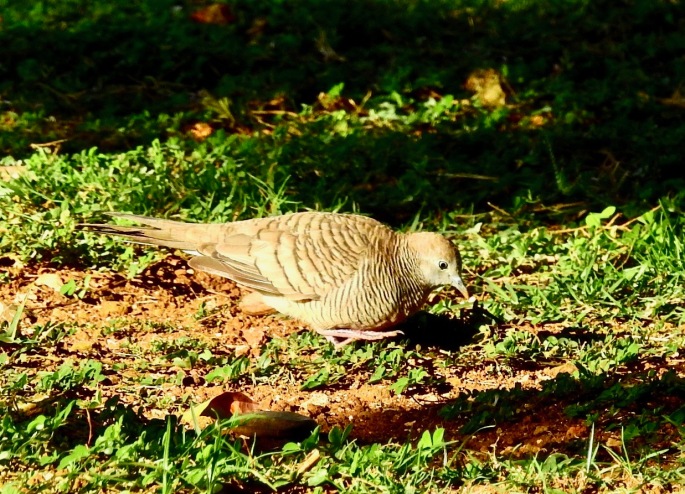


Indian Mynas and Red Whiskered Bulbuls were everywhere.


Mercifully there were a few native species that always grabbed the attention – exquisite White Tailed Tropicbirds sailed high over head, commuting from the sea to cliff-faces in the few forested areas that survive inland.

And quite wonderfully, the hotel had a thriving population of Mascarene Martins.


Confined to Mauritius and Reunion, they were a classy hirundine, big, like a streaky Crag Martin, they often perched on the low rooftops, just a few feet away, comfortable with the comings and goings of tourists roughing it in paradise…
With a gruelling timetable of breakfast, basking like an Agamid Lizard (introduced from Java), lunch, basking, reading, random Phoenix beers (you’ve got to keep cool somehow), dinner, more Phoenix and snoozing it really was a hard work, but somehow we soldiered through…

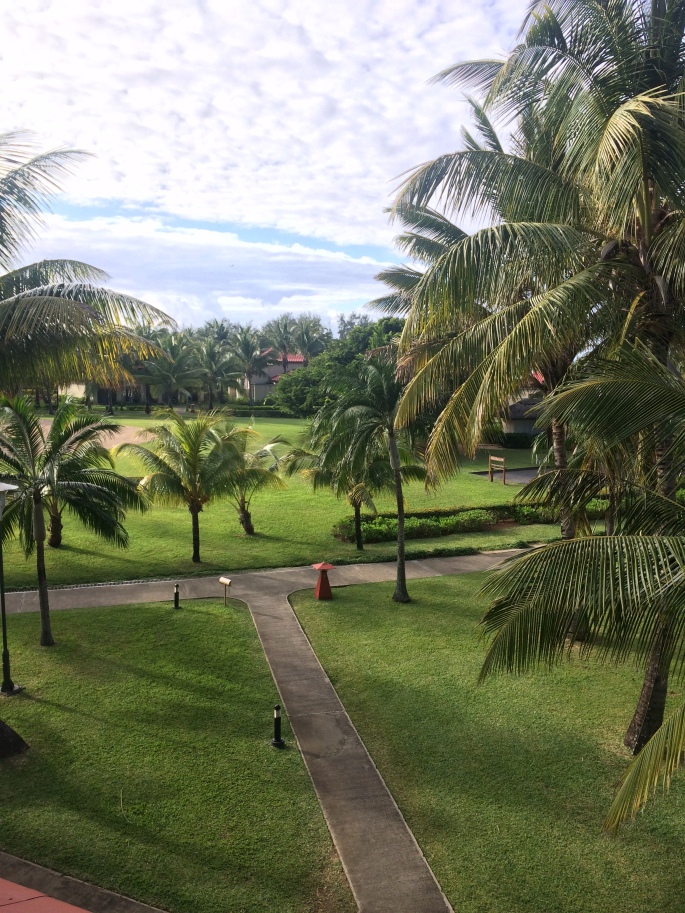
The odd Green Backed/Striated Heron fed in rockier areas along the coast, but the only wader I saw in the fortnight was a Whimbrel that dropped in one morning – I wonder what the journey south had been like for the humbug head?


More colourful, but again introduced, Madagascar (Red) Fody and Yellow Fronted Canary jostled with House Sparrows and Common Waxbills, but they were undeniably easy on the eye.
Male Fodys had varying amounts of scarlet plumage, but all had the heavy bill of the introduced species rather the slimmer adapted beak of the struggling Mauritian endemic.



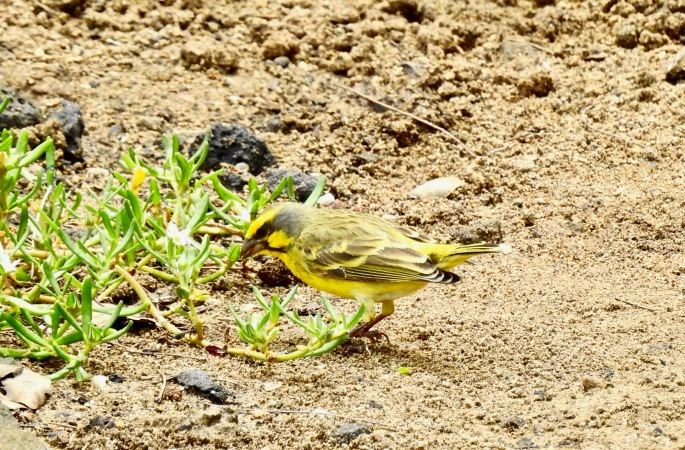

A bit harder to love were young Scaly Breasted Munia aka Spice Finch.

Outside the gates and across the blanket of Sugar Cane, the hills of the Bel Ombre and Black River Gorge forests tempted me, but the only other species that I didn’t see in the hotel grounds, yet encountered around the fields along the low-lying coastal strip were Ring-Necked Parakeets and Village Weavers.
I knew there was good stuff lurking on the higher ground though – I could almost hear the Pink Pigeons, Echo Parakeets and Mauritius Kestrels calling me.
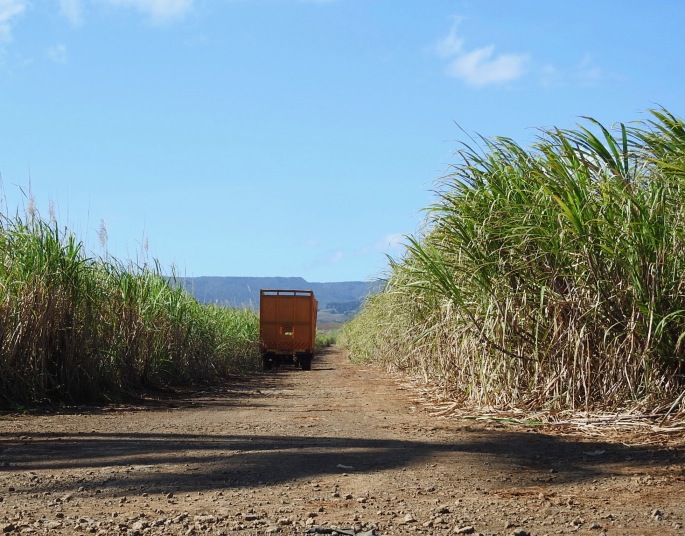

When night fell, Guttural Toads (introduced) broke into song, not unlike Natterjacks, but nowhere near as loud.
They even had thin yellow stripes down their backs.
One evening a Tenrec, like a hairy hedgehog without spines, scuttled across our path.

Brilliant Mauritian Flying Foxes emerged at dusk and on the nocturnal stagger back from the beach bar were a great distraction as they clambered about the crowns of the swaying palms above us.
The flying foxes are an endemic, yet still culled because they feed on fruit trees – go figure.
Seems to me that if a bit of the land turned over to Sugar Cane could be replanted with native species, allowing forests to develop, the big beasties would have more natural food to eat, and may reduce their visits to the islanders’ fruiting trees.
The industry is no longer the sole source of revenue for the island state, and I’m sure the magnificent Mauritian Wildlife Foundation would be happy to advise on the benefits of eco-tourism.
Just saying.
Top marks to the Mauritian Wildlife Foundation anyway for its excellent work for this and the other threatened endemics on the island – this superb organisation assisted me on several occasions during our visit, and deserve all the help they can get.
I must also thank Farzana, the Tui rep who went above and beyond to make sure I got myself into all the right places, at the right times and with the right transport when I did venture out birding.
Meanwhile, back to the nightly sway back from the bar, and offshore the dull roar of the Indian Ocean rumbled on beyond the reef.
Just above the murky horizon the Southern Cross twinkled, pointing the way to Antarctica, a mere 2,000 miles due south of us across the swell.
I considered pinching a Pedalo and making a break for it while everyone slumbered, but figured I’d never clear the reef.
Antarctica will just have to wait…

